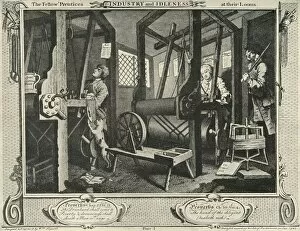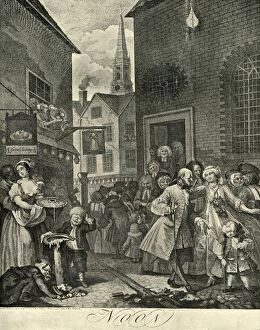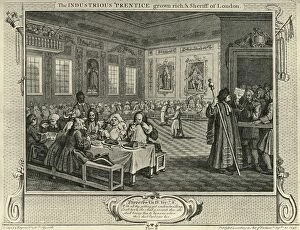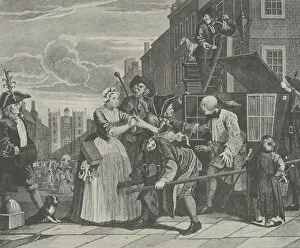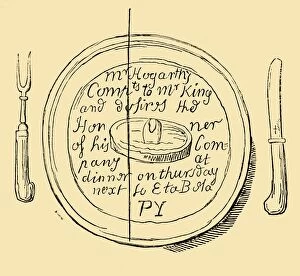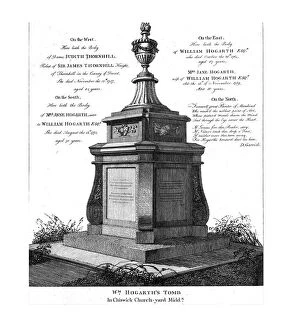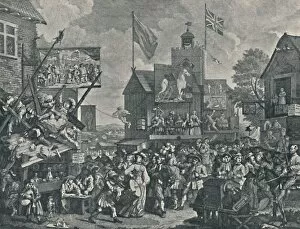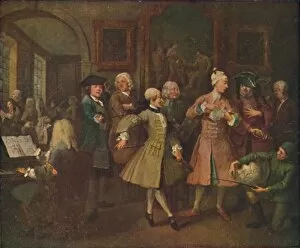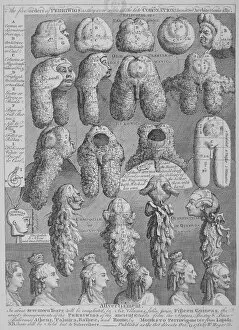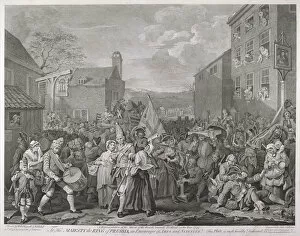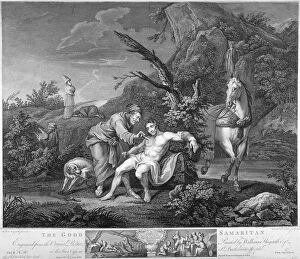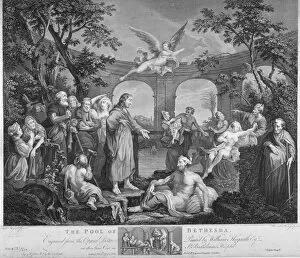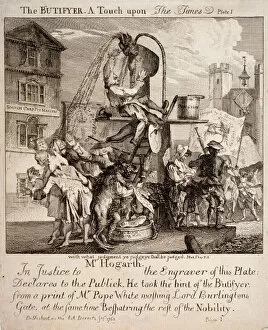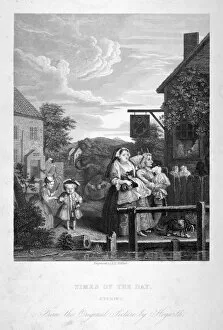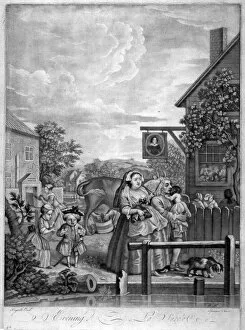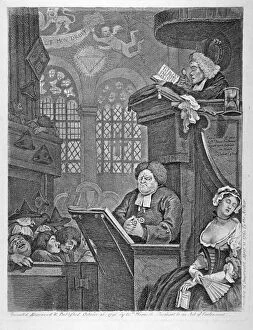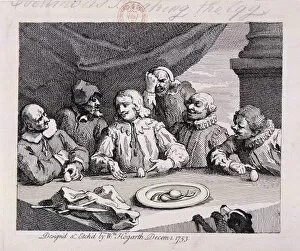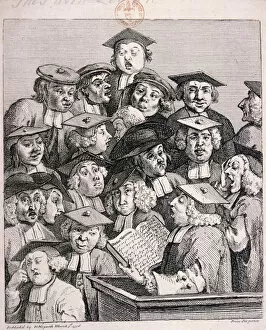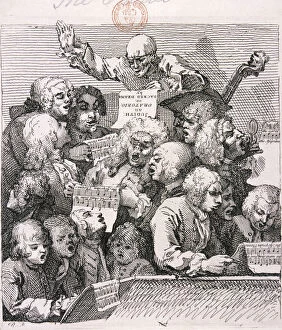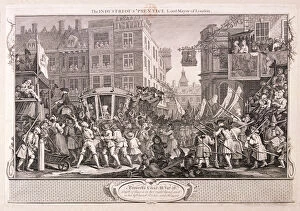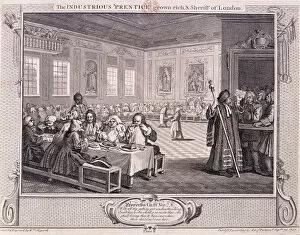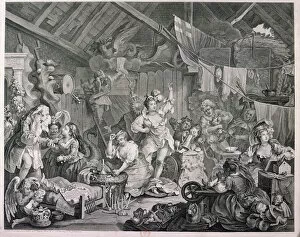W Hogarth Collection (#8)
William Hogarth, a renowned artist of the 18th century, left an indelible mark on the art world with his captivating and thought-provoking works
For sale as Licensed Images
Choose your image, Select your licence and Download the media
William Hogarth, a renowned artist of the 18th century, left an indelible mark on the art world with his captivating and thought-provoking works. One of his most iconic pieces is "Gin Lane, " created in 1751. This powerful image depicts the devastating consequences of excessive gin consumption during that time. In another masterpiece titled "Revelling with Harlots, " plate III of A Rakes Progress from 1735, Hogarth explores the downfall of a young man who indulges in a life filled with debauchery and immoral behavior. The series continues in Plate I, June 25, 1735, where we witness the protagonist's journey into ruin. Hogarth's social commentary extends to other aspects of society as well. In "The Bruiser" from August 1, 1763, he portrays a violent sport known as bare-knuckle boxing prevalent during that era. "The Stage Coach or Country Inn Yard" from 1747 captures the bustling atmosphere at an inn yard during coach travel days. It offers us a glimpse into daily life and transportation methods back then. Hogarth's keen eye for detail is evident in his work "View of David Loudons Bun House. " This painting showcases Pimlico Road in Chelsea, London—a snapshot frozen in time that allows us to envision what this area looked like centuries ago. "The Lord Mayors Procession" (1897) may not be directly attributed to Hogarth but serves as evidence that his influence transcended generations. Unknown artists were inspired by his style when creating this piece depicting an important event in London's history. In March 1738, Hogarth presented "Night, " one part of his series called The Four Times of Day. Through this artwork, he skillfully portrays various scenes set at different times—nighttime being particularly atmospheric and mysterious.

